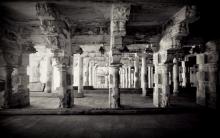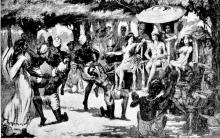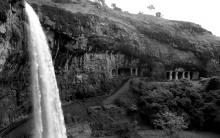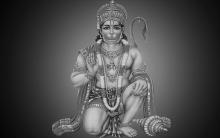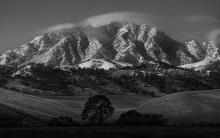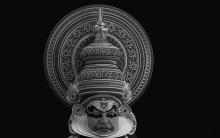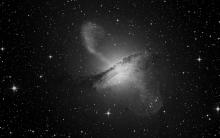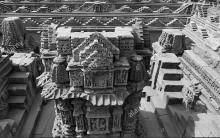Lessons in Brahmasutra Commentary
I had requested Sri Shastri to instruct me in [Adi Shankara’s] commentary on the Brahmasutras[i]. Equally, I had requested him to train me in two or three other Vedanta commentaries that I hadn’t seen so far, and entreated him that I had set aside two years for this Shastric study. He said that that period was insufficient. I said, “Let it go on for two years; if required, we can extend it for an additional six months.”

